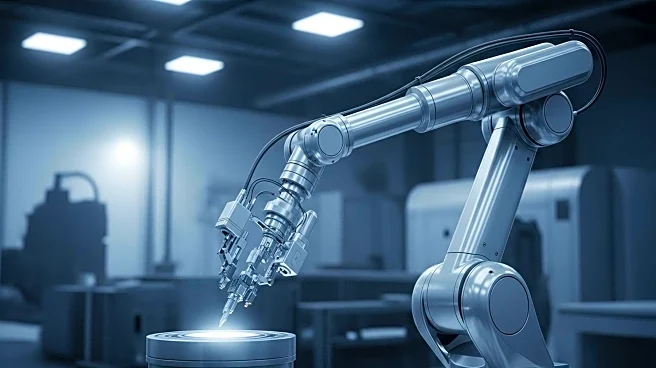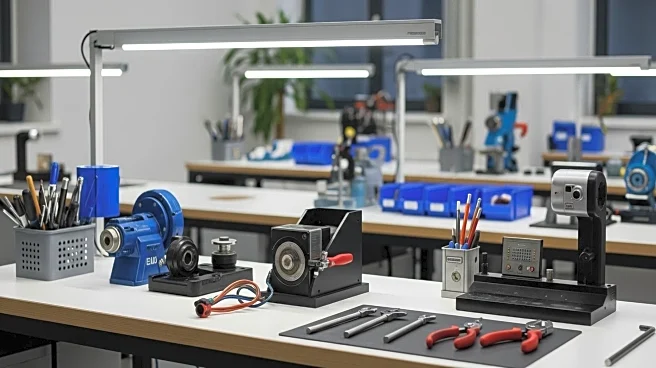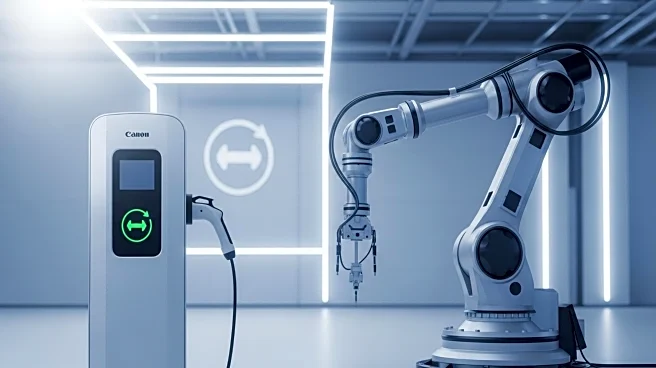What's Happening?
Toyota is broadening its 'Area 35' efficiency initiative to encompass 18 factories globally. This program, initially launched in 2023, focuses on cutting down unused or duplicate components to optimize space and enhance production output. The initiative aims to reduce factory floor usage by 35%, and some plants have already seen a reduction in parts line-ups by as much as 80%. This strategic move is part of Toyota's ongoing efforts to streamline operations and improve manufacturing efficiency.
Why It's Important?
The expansion of Toyota's 'Area 35' initiative is significant for the automotive industry as it reflects a growing trend towards operational efficiency and sustainability. By reducing component usage, Toyota not only aims to cut costs but also to minimize waste, which aligns with broader environmental goals. This move could set a precedent for other manufacturers to adopt similar strategies, potentially leading to industry-wide changes in production practices. The initiative may also impact supply chain dynamics, as reduced component needs could alter supplier relationships and demand patterns.
What's Next?
As Toyota continues to implement its 'Area 35' initiative, the company may further refine its manufacturing processes and explore additional efficiency measures. Stakeholders, including suppliers and industry competitors, will likely monitor the outcomes of this expansion closely. The success of this initiative could influence Toyota's future strategic decisions and potentially inspire similar actions across the automotive sector. Additionally, Toyota may report on the environmental and economic impacts of these changes, providing insights into the benefits of streamlined production.
Beyond the Headlines
The 'Area 35' initiative highlights the intersection of efficiency and sustainability in manufacturing. By reducing component usage, Toyota is not only optimizing its operations but also contributing to environmental conservation efforts. This approach underscores the importance of innovation in achieving both economic and ecological goals, and it may encourage other industries to explore similar strategies. The long-term implications could include shifts in manufacturing standards and increased emphasis on sustainable practices.










